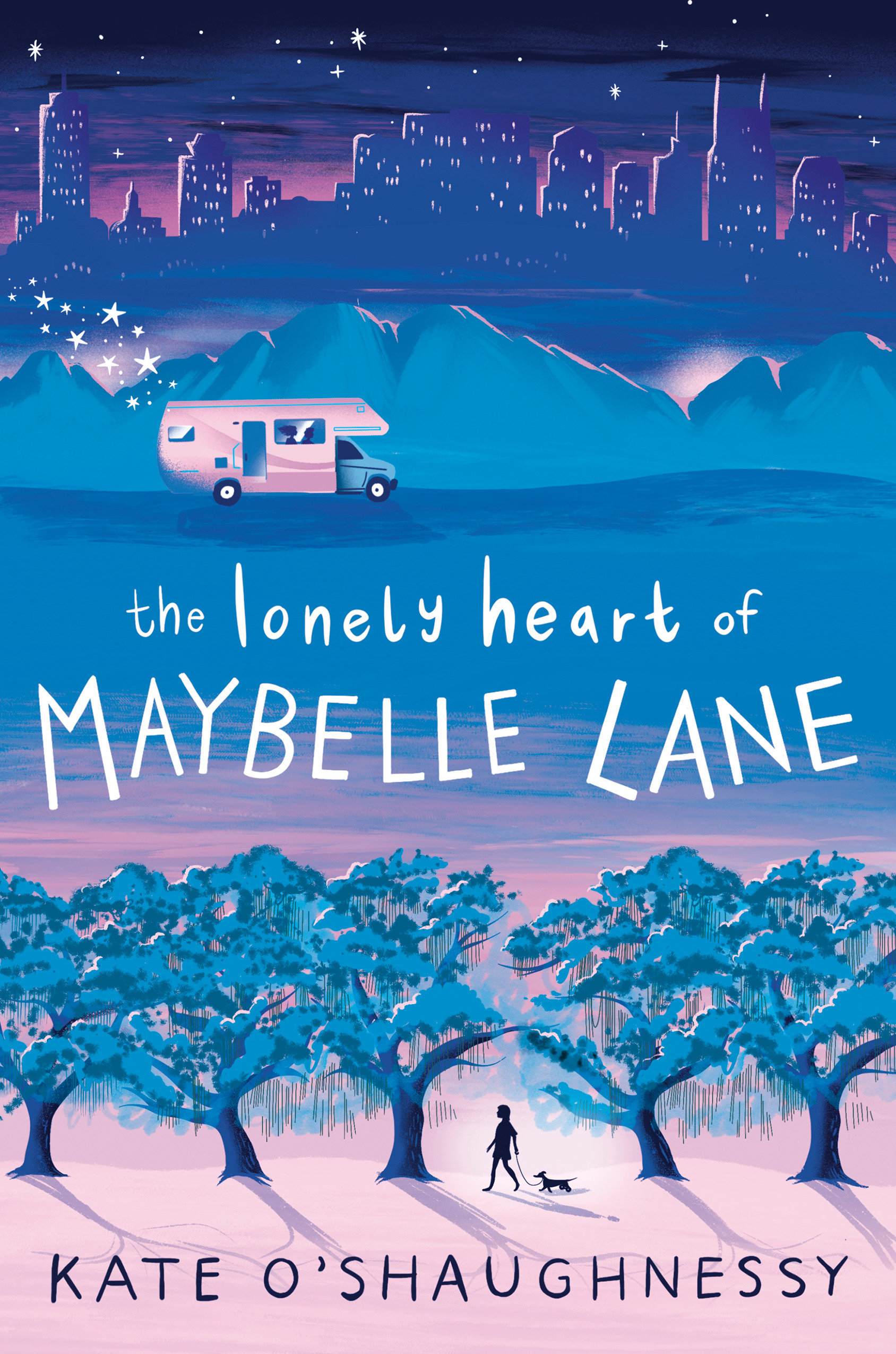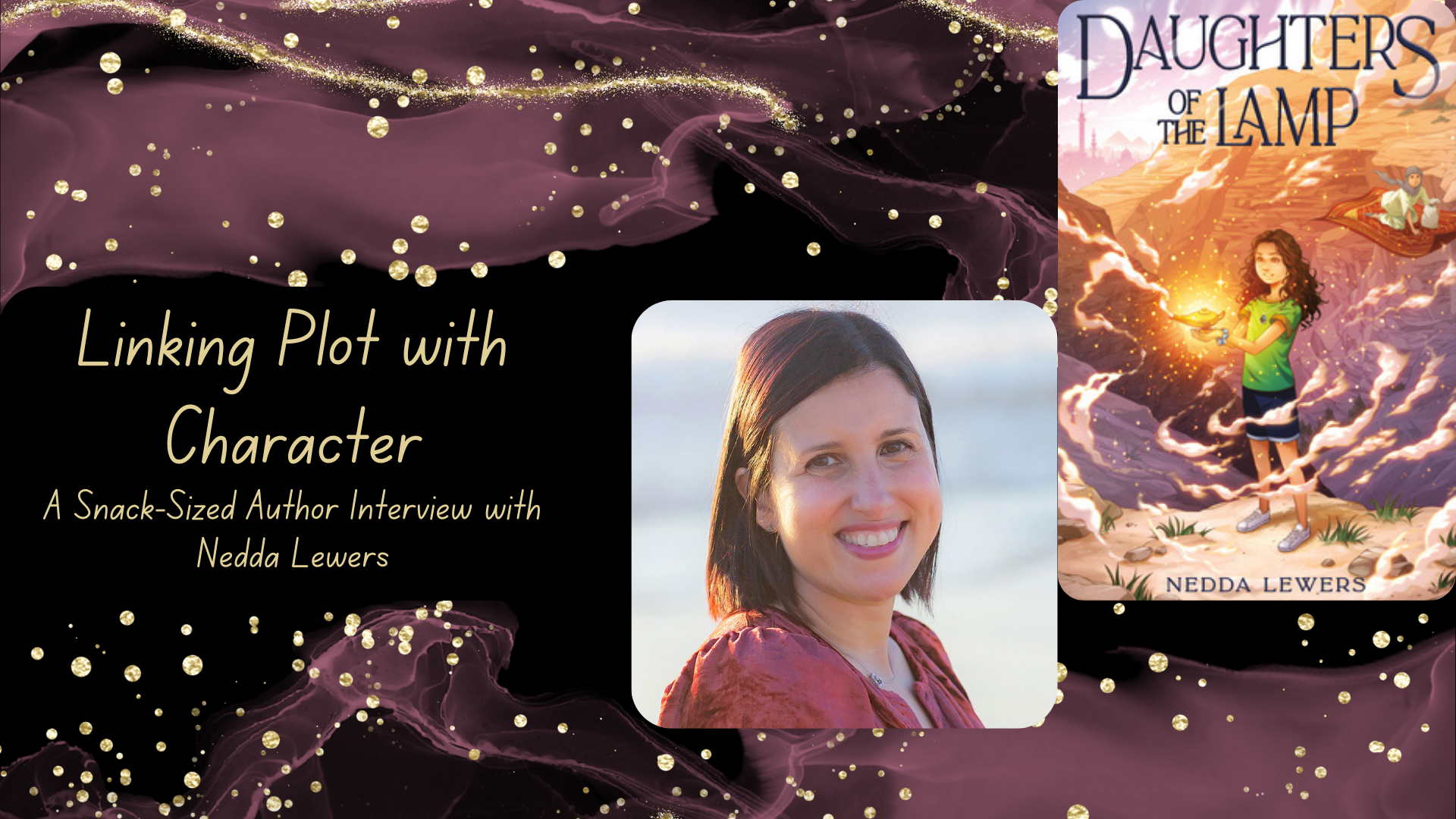Interview with Kate O’Shaughnessy: Writing with Honesty and Heart
interview by Kristi Wright

Kate O'Shaughnessy, author
In THE LONELY HEART OF MAYBELLE LANE, Kate O'Shaughnessy writes with honesty and love about a girl in search of her dad, who finds so much more than she ever dreamed she would. In the interview below, O'Shaughnessy shares what she loves about middle grade novels and how she tackles writing them. Next week, we're looking forward to sharing Anne-Marie Strohman's post which analyzes how O'Shaughnessy uses dramatic irony and a slow reveal to cement the relationship between Maybelle and her friend Tommy.
What do you love about writing middle grade novels?
I really love everything about writing for this age. One thing I often say is that my inner age is forever twelve years old. I still love all the things I did when I was twelve (and honestly, I also have a twelve-year-old’s sense of humor) and I still fully understand and remember the emotional experience of being that age. It’s easy to remember childhood with an element of nostalgia—no bills to pay and summers that felt endless—but there’s so much of being that age that’s really hard. Your body might be starting to change, friendships hit rocky patches, certain life or family situations might demand more maturity than a kid should have to give. I really think kids around the middle grade age are so much more emotionally intelligent than lots of adults give them credit for. I try to write with as much honesty as possible for this reason. I also love writing for this age because it’s just plain fun—I mean, my debut novel has a farting dog named Pickle as one of the main characters. So in a way, writing middle grade allows you to broach a lot of serious topics without ever having to take yourself too seriously.
Are you a pantser, a plotter, or a plantser? How does that affect your writing process?
I would consider myself a plantser. The biggest two things I have to know when I’m starting a new novel is 1) what the main character wants (so a combination of their overall external goal, as well as their underlying emotional need) and 2) how the story will end. If I know what they want, and I know how the story ends, it makes it much easier to craft their arc while still leaving a lot of room for surprises during the drafting process. Sometimes I’ll also start by drafting important “touchstone” scenes that will anchor the book in certain places. But I can’t plot out a story in too much detail because it takes away a lot of the fun of writing for me. Part of what I love about drafting are the unexpected details or characters that emerge when you’re least expecting them. It feels magical to me when that happens. If I’ve plotted out every chapter, every beat, it doesn’t leave me feeling like I have a lot of room for discovery or exploration. I’ve definitely had some story ideas that I plotted out too much, and I lost interest in writing them pretty quickly. I think because the outlines were so detailed, my brain felt like the book was already written—so the itch had been scratched, so to speak. I really do think every book is a little bit different, though—some require more detailed planning, and others less. So mostly I just try to remain flexible.
Your main character is easy to love. Can you offer some tips for how to build a relatable/lovable character?
To me, the most human characters are the easiest to root for and to love. I don’t like a perfect, perfectly kind and selfless, brilliant, and beautiful protagonist. I want someone who is messy and imperfect and gets angry sometimes, who’s selfish about little things, who has physical flaws, but also someone who has a big heart and a willingness to be honest and vulnerable. The characters with real flaws are so human, and I love seeing my imperfect self reflected on the page. For example, a main character I absolutely adore is Ada Smith from THE WAR THAT SAVED MY LIFE by Kimberly Brubaker Bradley. She’s incredibly stubborn, occasionally verging on pig-headed, and her honesty can sometimes have the tact of a hammer. But lord, I do I love that kid. She’s so brave, and she loves fiercely. Knowing that we’ve all got faults and flaws—and seeing it in the books I love—makes me feel so much less alone.
You write contemporary, but your book still feels as if it has strong world-building. What did you specifically do to give your readers a deep feeling of place in your novel?

I would love to write fantasy, but fantasy worldbuilding is actually something that really intimidates me! I think it’s having to make up a whole new set of rules, a whole new reality. Worldbuilding in contemporary is a little bit easier in my opinion, because it’s all about describing the world that we all already live in. So for contemporary worldbuilding, I think sensory details go a really long way. And you can get a lot of those details just by observing the world. While I was almost done drafting THE LONELY HEART OF MAYBELLE LANE, I felt myself really wanting to build out the setting more in the next draft. So I booked myself a flight to Louisiana, rented a car, and took a very similar road trip to the one Maybelle takes in the book. As I went, I would stop the car, and just observe. What did the birds sound like? What about the air? Did it feel heavy with moisture, or dry? Were the plants green or kind of browning from the heat? What was I seeing on the sides of the roads? Were there Mom-and-Pop fruit stands or casinos and strip malls? I wrote down everything I saw, felt, heard, touched, or tasted. Lots of the details I jotted down during that road trip made their way into the story. This strategy can breathe so much more life into a setting. Now, obviously, travel might not always be possible, financially or for other reasons. So another way I get myself to a setting is by watching YouTube videos. I was writing a scene in a forest, so I watched videos of foragers walking through thick forest, I listened to morning birdsong as I wrote the scene, I watched documentaries about bears and paid attention to every little detail I could. I find immersion—whether virtually or in real life—can really help when it comes to contemporary worldbuilding.
What do you wish you had known about the publishing industry that you know now?
That rejection doesn’t stop once you’ve gotten the book deal. I always sort of felt like—oh, once I’m good enough to get published, it’s going to be smooth sailing from there. But that’s not entirely true. It’s entirely possible—and, honestly, likely—that you’ll write books that you might love, but your agent or your editor don’t love the same way. They might say, hey, we don’t want to take this on submission or publish this. I guess I was naïve and thought that once you “leveled up” from aspiring writer to published author, that everything would be…I don’t know, rejection-free? Easier? It feels obvious writing it out like this, but it’s definitely something I wasn’t entirely prepared for.
What one piece of advice would you like to give to aspiring middle-grade authors?
Ignore trends entirely, and write the book that truly calls to you. Even if it feels weird or unmarketable. I wrote the first draft of THE LONELY HEART OF MAYBELLE LANE pretty quickly—there was so much of myself in the story, and at the time I was writing it, it was truly “the book of my heart.” But after I finished it, I set it aside, because I wasn’t sure it was “marketable enough” to be my debut. I’m also interested in writing middle grade fantasy, and I had a couple of ideas I thought might be more commercial. Reader, I’ll let you in on a secret: trying to write a story that’s commercial is the quickest way to write something that falls flat as a pancake and has zero emotional resonance. I learned that the hard way. Finally, I went back to MAYBELLE, did a round of edits, and queried it. And lo and behold, agents and editors were interested in the story, because it was so obvious that this book came from a place of passion and truth. Write that story, write it for yourself, and don’t doubt yourself.
How has being published changed your writing practice/writing process?
Oh, man. To be completely honest and transparent, it’s been a bit of a tough transition for me. Because suddenly I’m not just writing for me anymore—I have an agent to think about, as well as an editor, and now, an audience. That makes me a little nervous and puts more pressure on than when it was just me and my computer. Luckily, both my agent and my editor are incredibly supportive, and often tell me to follow my heart and my interests first when it comes to drafting, and that we’ll go from there. I’m finding that the best work comes when I follow their sage advice and tune everything out, and try to write the story that I’m the most passionate about.
What do you feel you’ve gained from being a part of the KidLitCraft community?
Community is so important to find as a writer. It can feel like such a lonely endeavor, spending so much time alone at your desk inside your own brain, that finding like-minded authors and people can be so rewarding. And community is something KidLitCraft definitely offers. Beyond that, a focus on craft is a vital part of being an author, no matter where you are—pre-published, querying, or published. I love the KidLitCraft posts that break down specific elements of middle grade novels—figuring out what and why something works is so helpful, because then you can try to replicate it in your own writing. I truly believe that there’s no such thing as focusing too much on your craft!




